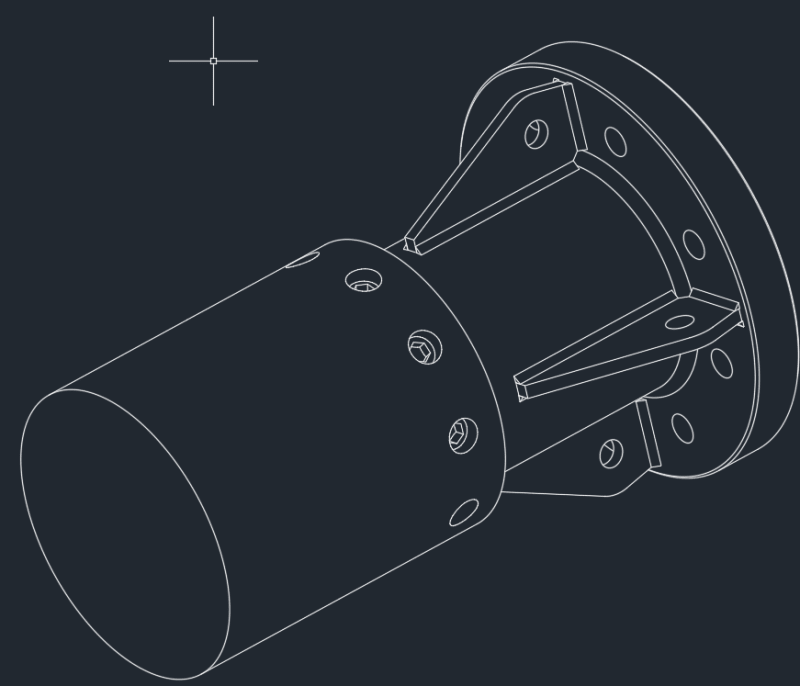TomW88
Mechanical
- Mar 21, 2021
- 2
Hi
Apologies if this is a daft question but I am new to this forum and new to the fastening field. I have a shaft collar with radially mounted bolts. The only info I see on bolting patterns for assessment is when mounted longitudinally. The only load here is a small tensile force and moment no torsion. The fit between collar and shaft is a machined fit so the bolts would not experience the moment only the resultant shear. Do I just look at this simply as simple bolt acting in shear? I was hoping someone could help to confirm if im thinking this through correctly or not. Thanks
Apologies if this is a daft question but I am new to this forum and new to the fastening field. I have a shaft collar with radially mounted bolts. The only info I see on bolting patterns for assessment is when mounted longitudinally. The only load here is a small tensile force and moment no torsion. The fit between collar and shaft is a machined fit so the bolts would not experience the moment only the resultant shear. Do I just look at this simply as simple bolt acting in shear? I was hoping someone could help to confirm if im thinking this through correctly or not. Thanks

